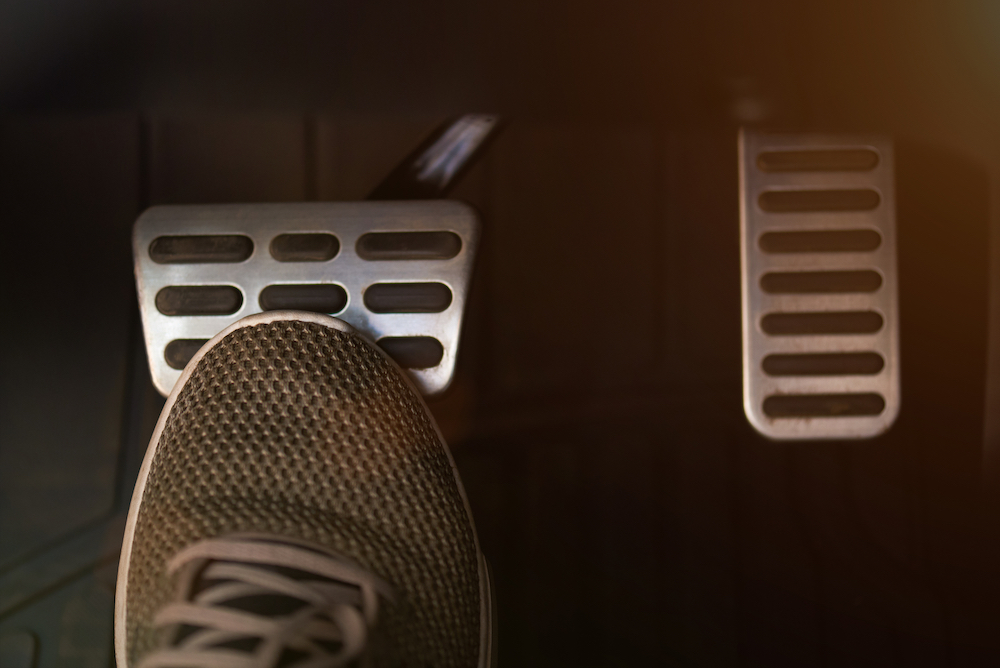How To Do An Emergency Stop

Learner drivers will have to perform an emergency stop as part of your driving lessons. You may also get some questions about emergency stops in your theory test, and your examiner may ask you to perform an emergency stop as part of your practical test.
In this post we’ll take a look at the basics of how to do an emergency stop.
Your instructor or examiner is unlikely to suddenly demand an emergency stop. Instead, they’ll give you a bit of notice, and let you know exactly when they expect you to demonstrate an emergency stop. They’ll likely give you a sign, which could be something like tapping on the dashboard, or simply saying “STOP” while holding their hand up.
How To Do An Emergency Stop in a Manual Car
In a manual car, how you perform an emergency stop will vary depending on whether your car has an Anti-lock Braking System (ABS). If your car has an ABS, perform an emergency by pressing the clutch and the brake pedal at the same time. This will bring your car to a halt, and the ABS will prevent your wheels from locking, and reduce skidding.
If your car is an older model that doesn’t have ABS, you’ll have to press the brake first before pressing the clutch at the last moment before you stop. Don’t press the clutch too early as your car might coast.
In any case, if you don’t press the clutch during an emergency stop, you may stall your car, which will give you less control when you need it most!
How To Do An Emergency Stop in an Automatic Car
To do an emergency stop in an automatic car, press the brake until the car comes to a stop. Then apply the handbrake and put the car into neutral.
What To Do After an Emergency Stop
If you’ve performed an emergency stop correctly, your car should come to a complete stop with your engine still running. Unless you’re in a manual car and you forgot to press the clutch, in which case your car may have stalled. If so, your first step is to start your engine again.
You need to observe the area around you, including any blind spots, before driving off again.
In your driving test, the examiner will be assessing you on the checks you make before heading off. So make a point of checking all of your mirrors and the blind spot. You could also make a point of checking your rear-view mirror immediately before you do the emergency stop, to demonstrate your awareness of the surroundings.
We’ve got a detailed guide to the checks you should make before moving off from behind a parked car. These are the sort of principles you should apply when moving off after an emergency stop too.
Full Support For Learner Drivers
If you want to pass your test first time, it’s a good idea to get some practice in outside of lessons.
For this, you’ll need learner driver insurance. At Go Girl, we specialise in affordable cover for learner drivers. Head here to get a quote online in minutes.







